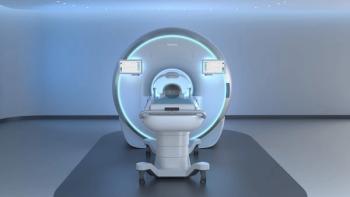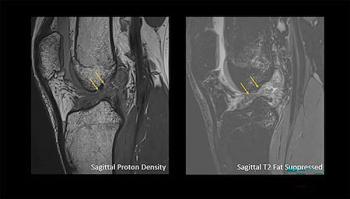
Let’s Talk Business in Radiology
Managing finances in radiology.
Disclaimer: Opinions are entirely my own. I was sponsored by AMA Insurance to attend the 2016 Financial Summit.
Getting that first paycheck from residency was sweet. To many of us, it is our first job...first REAL job. Serving tables in a restaurant and work-study in laboratories just don’t cut it. When I finally got my newly minted piece of paper, what did I do? I kissed the sweet fruit of cheap labor and then spent the whole thing paying bills for the big move to Boston. Practical things first, right?
When it comes to spending versus saving, we’re in a big hole. Physician finances are a mess, everyone knows that. We went to school for science, not for business, and unless an individual is particularly interested in the topic or has their back against a wall, we do not have regular
Johns Hopkins University has set up a Business of Healthcare Grand Rounds as a
Beyond integration, there are additional opportunities to obtain further expertise through separate full degrees. In fact, the number of joint MD/MBA programs in America has
The opportunity for business skills to enhance development has been highlighted by the industry’s recent struggles with market pressures, shifting regulatory regulations, and value-based reimbursement. It is becoming more obvious that the less involvement from MDs, the more professionals - and health care infrastructure in general - are at the mercy of the economy.
Additional enrichment comes from seminars and conferences offered in increasing number to physicians. Although one can read about financial basics from online sources, in-person conferences spark conversation and create additional networking opportunities. In the realm of personal finance,
Overall, the trend towards increased business acumen in medicine is helping physicians at all levels of experience to become better stewards of both their personal and professional finance. No matter what route is taken – self-education, seminars, lectures, or national conferences - the key is to have integrated conversations regarding smart financial decisions as a part of our best practices.
Newsletter
Stay at the forefront of radiology with the Diagnostic Imaging newsletter, delivering the latest news, clinical insights, and imaging advancements for today’s radiologists.




























